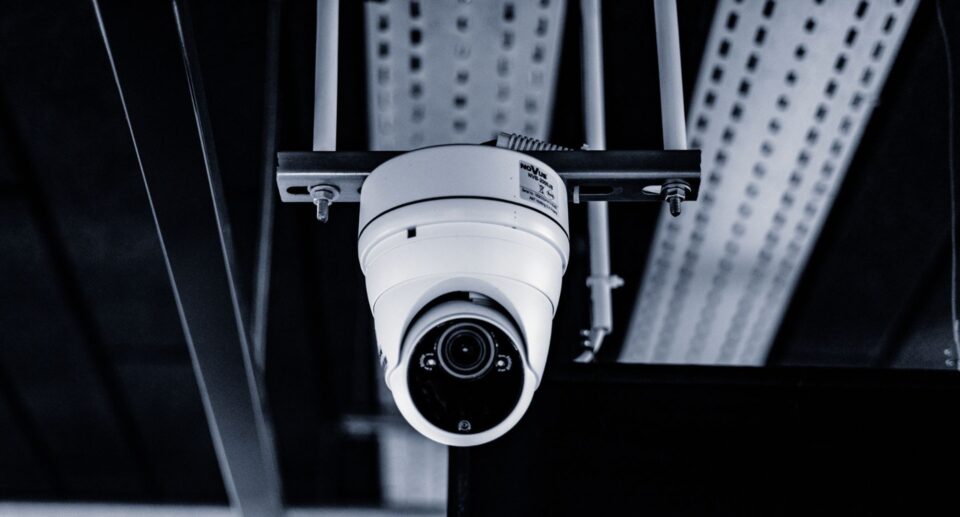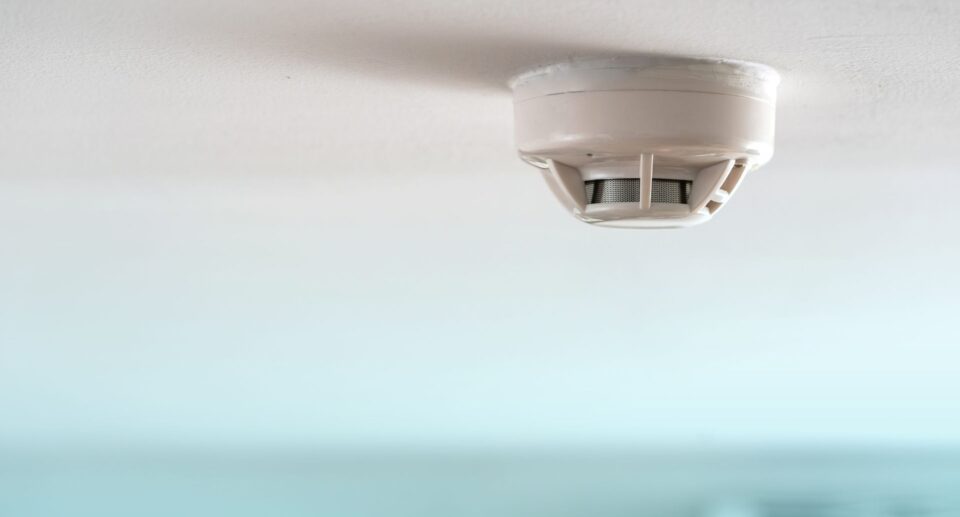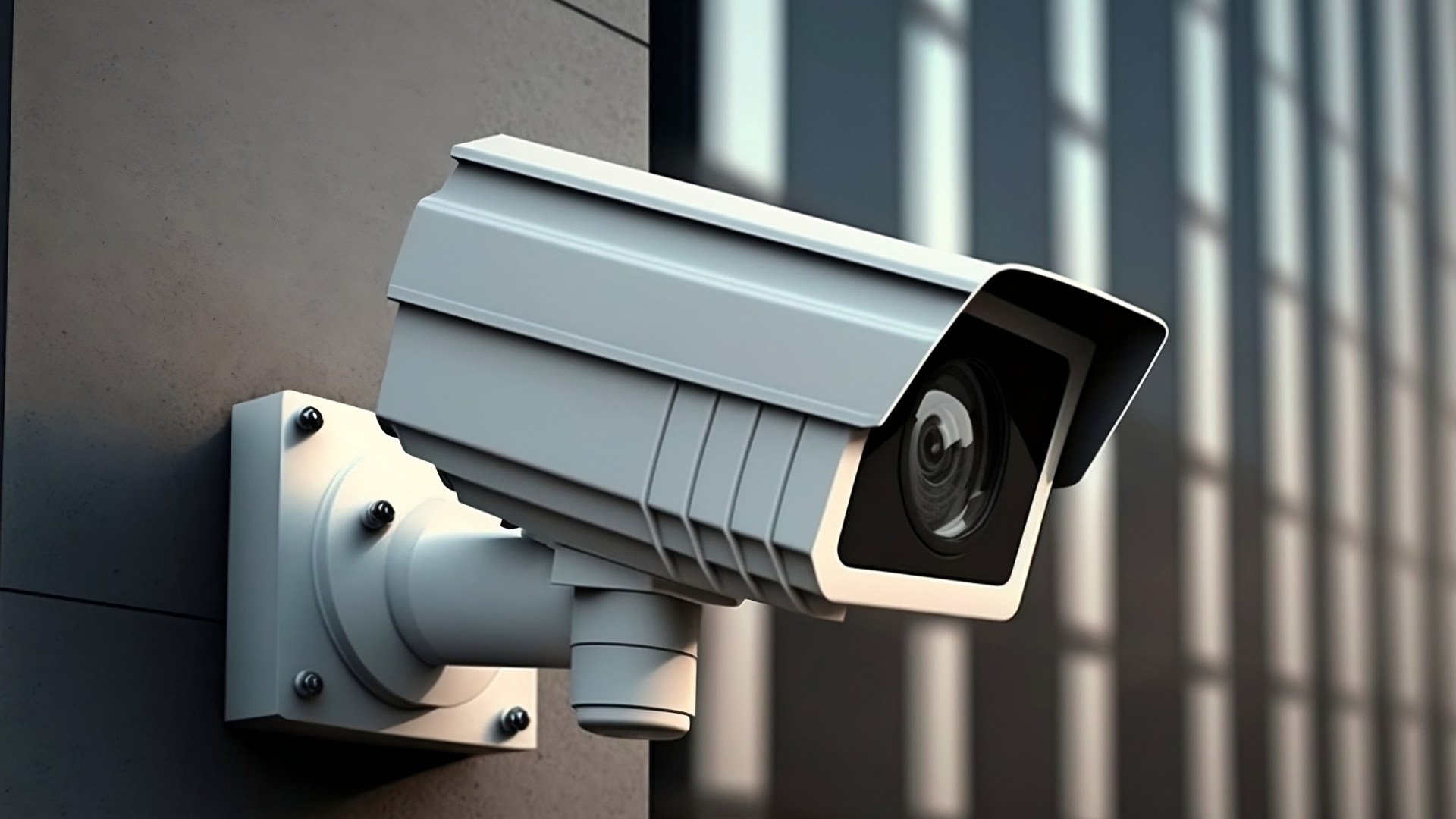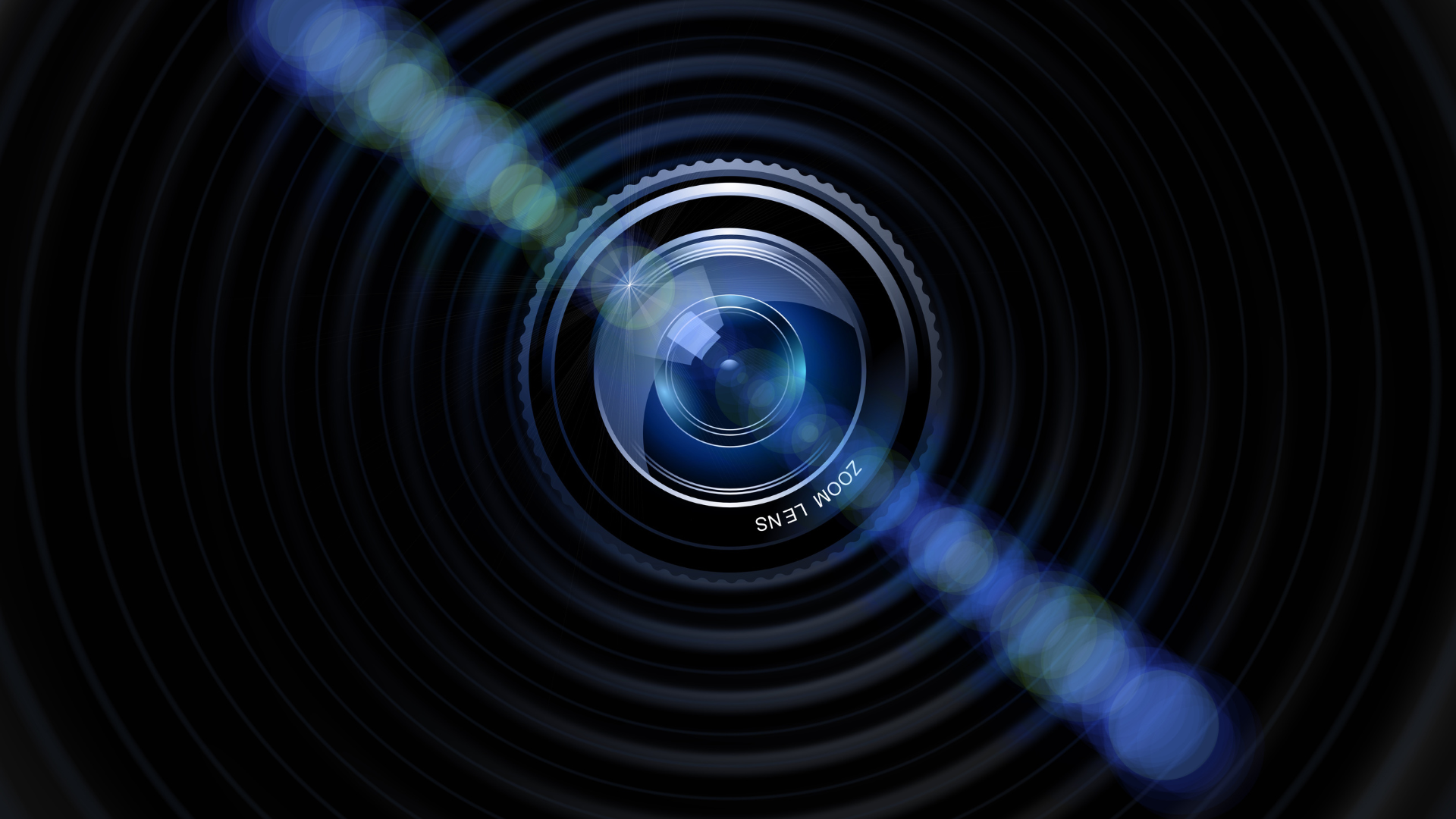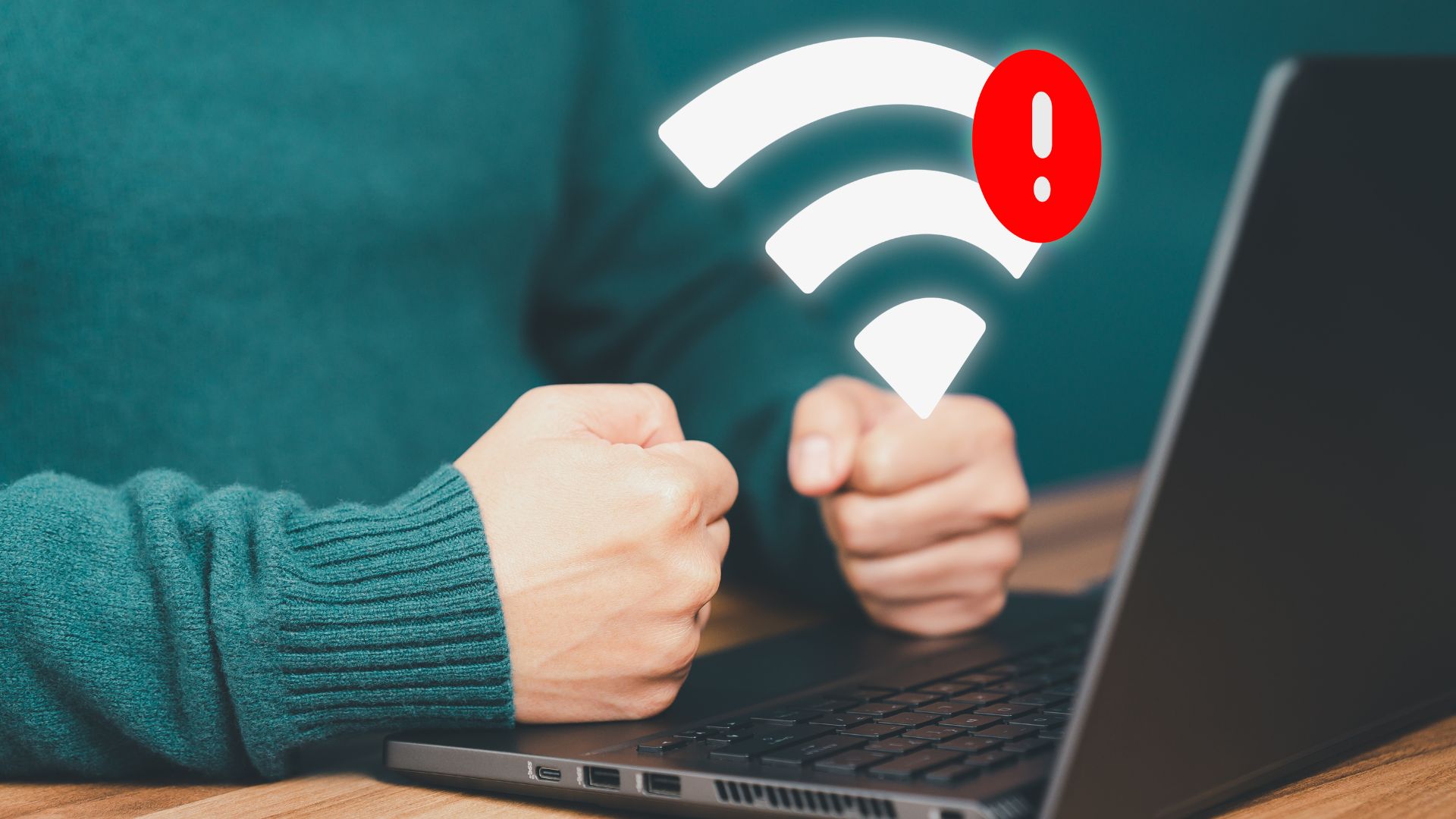Bluetooth Backup Camera: Drive Smarter
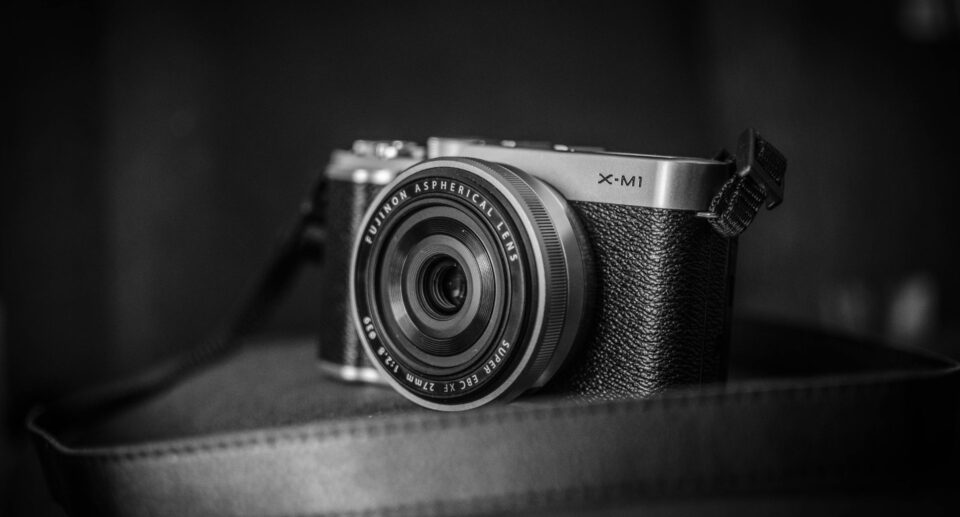
As technology advances, safety features in vehicles continue to evolve, making driving easier and more secure for everyone on the road. One such innovation that has gained popularity is the Bluetooth backup camera. This modern device offers drivers a smarter, more convenient way to reverse and park safely by leveraging wireless technology. If you’re curious about how a Bluetooth backup camera works, its benefits, and why it could be an essential addition to your vehicle, this article provides a detailed overview to help you drive smarter.
What Is a Bluetooth Backup Camera?
A Bluetooth backup camera is a wireless camera system installed at the rear of a vehicle, designed to provide a clear view of the area behind the car while reversing. Unlike traditional wired backup cameras that require running cables through the vehicle’s interior, Bluetooth models use wireless Bluetooth signals to transmit video footage to a compatible display device, such as a smartphone, tablet, or an in-car monitor.
The camera typically mounts near the license plate or on the rear bumper, capturing real-time video and sending it via Bluetooth to the driver’s screen. This technology eliminates the hassle of complex wiring, making installation simpler and less invasive.
How Does a Bluetooth Backup Camera Work?
The core functionality of a Bluetooth backup camera relies on two components: the camera itself and the Bluetooth receiver or display device inside the vehicle.
When the car is put into reverse gear, the camera powers on and begins capturing video footage. This footage is then transmitted wirelessly through Bluetooth to a paired device inside the car. The driver can view the live video feed on a dedicated monitor, smartphone app, or the vehicle’s infotainment system if it supports Bluetooth video input.
Bluetooth technology operates on short-range radio frequencies, meaning the camera and receiver must be within close proximity, usually within a few meters, for reliable transmission. Despite the limited range, it’s perfect for vehicles, where the camera and screen are naturally close.
Benefits of Using a Bluetooth Backup Camera
Bluetooth backup cameras offer several advantages compared to traditional wired systems or relying solely on mirrors and turning your head when reversing:
- Easy Installation: Without the need to run wires through the vehicle, installation becomes less time-consuming and complicated. This also reduces the risk of damaging the vehicle’s interior or electrical system during setup.
- Wireless Convenience: Bluetooth technology eliminates cable clutter, providing a clean and sleek setup. It also makes it easier to transfer the camera between vehicles if needed.
- Improved Safety: The camera provides a wide-angle view of obstacles, pedestrians, or objects behind the car that may be out of your line of sight, reducing blind spots and potential accidents.
- Real-Time Video Streaming: With minimal latency, Bluetooth backup cameras offer live video feeds to assist in precise parking and maneuvering, especially in tight spaces.
- Compatibility with Smartphones: Many Bluetooth backup cameras work with smartphone apps, allowing drivers to use their existing devices as displays. This flexibility saves money and adds convenience.
Installation Process: What to Expect
Installing a Bluetooth backup camera is generally more straightforward than installing a wired system but still requires some care and attention.
The process begins with mounting the camera securely on the rear of the vehicle, commonly near the license plate or rear bumper. Many kits come with brackets or adhesive mounts for easy attachment.
Next, the camera’s power supply must be connected, typically to the vehicle’s reverse light circuit. This wiring ensures the camera activates automatically whenever you shift into reverse gear.
After mounting and wiring, the camera pairs with the receiver or your smartphone via Bluetooth. This pairing process is usually simple and guided by the manufacturer’s instructions or app interface.
Finally, you’ll adjust the camera angle to ensure a clear, unobstructed view of the rear area. Testing the system by reversing in a safe location confirms proper operation.
Choosing the Right Bluetooth Backup Camera
Selecting the best Bluetooth backup camera depends on several factors tailored to your specific needs:
- Video Quality: Look for cameras with high-definition video to ensure clear visibility. Many cameras offer 720p or even 1080p resolution, which improves detail and helps identify small obstacles.
- Field of View: A wide-angle lens, usually around 120 to 170 degrees, captures more area behind your vehicle and minimizes blind spots.
- Night Vision Capability: Cameras with infrared LEDs or low-light sensors enhance visibility in dark conditions, making nighttime reversing safer.
- Waterproof and Weatherproof Design: Since the camera is exposed to the elements, it should have a robust, weather-resistant casing.
- Compatibility: Verify that the camera works seamlessly with your smartphone model or in-car display system. Some cameras support both Android and iOS platforms.
- Battery Life or Power Source: Consider whether the camera is battery-powered or wired to the vehicle’s electrical system. Battery-powered cameras may require regular charging or replacement.
Practical Uses and Applications
While Bluetooth backup cameras are primarily designed to assist with reversing and parking, their functionality extends to several other useful applications:
- Towing Assistance: For trucks and SUVs that tow trailers, these cameras provide an enhanced view of the trailer hitch and the area behind, improving precision when connecting trailers.
- Off-Roading: In off-road vehicles, backup cameras help monitor difficult terrain and obstacles that might otherwise be missed.
- Fleet and Commercial Vehicles: Businesses can equip their trucks and vans with Bluetooth backup cameras to improve safety and reduce accidents during deliveries or tight maneuvers.
- Older Vehicles: For drivers with older models that lack factory-installed backup cameras, Bluetooth systems offer a cost-effective upgrade without invasive wiring.
Potential Limitations of Bluetooth Backup Cameras
Despite their advantages, Bluetooth backup cameras do have some limitations:
- Signal Interference: Bluetooth signals can be affected by other wireless devices, metal structures, or environmental factors, which may cause temporary video lag or interruptions.
- Limited Range: Bluetooth’s effective range is shorter than other wireless technologies like Wi-Fi, which restricts how far the camera can be from the receiver.
- Latency Issues: While usually minimal, some lag between real-time action and video display can occur, which may be critical in fast-moving situations.
- Power Dependency: Cameras that rely on the vehicle’s power must be wired correctly to avoid draining the battery or causing electrical issues.
Understanding these potential challenges helps set realistic expectations when choosing and using a Bluetooth backup camera.
Enhancing Your Driving Experience
Incorporating a Bluetooth backup camera into your vehicle goes beyond simple convenience—it significantly boosts your confidence and safety while driving. Reversing, parking in tight spaces, and monitoring your surroundings become more intuitive and less stressful.
As urban environments grow more crowded and road safety remains a critical concern, technologies like Bluetooth backup cameras provide an accessible solution for drivers looking to upgrade their vehicles with modern safety features.
Conclusion: Is a Bluetooth Backup Camera Right for You?
If you’re seeking a practical, wireless solution to improve rear visibility and reduce the risks associated with reversing, a Bluetooth backup camera is an excellent investment. Its ease of installation, compatibility with smartphones, and enhanced safety features make it a smart choice for drivers of all experience levels.
When choosing a camera, consider your vehicle type, budget, and specific needs to find a system that delivers reliable performance without the complications of extensive wiring. By doing so, you’ll not only drive smarter but also contribute to safer roads for yourself and others.
Bluetooth backup cameras represent the perfect blend of technology and convenience—making everyday driving safer, simpler, and more enjoyable.





